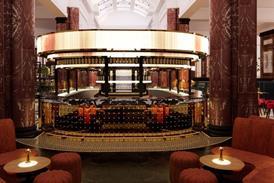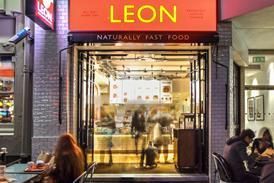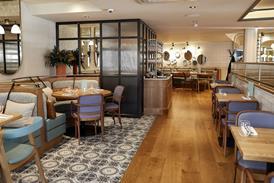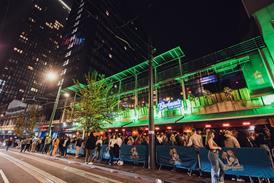Hungary for its own culture

The Hungarian capital of Budapest is home to a fusion of home-grown concepts and big names from the international eating and drinking-out market. James Hacon, of Elliotts, reports on the new concepts and innovations at play within the city’s bustling hospitality scene.
Alternatively SUBSCRIBE for unrestricted access to all content. Contact us for more information



























